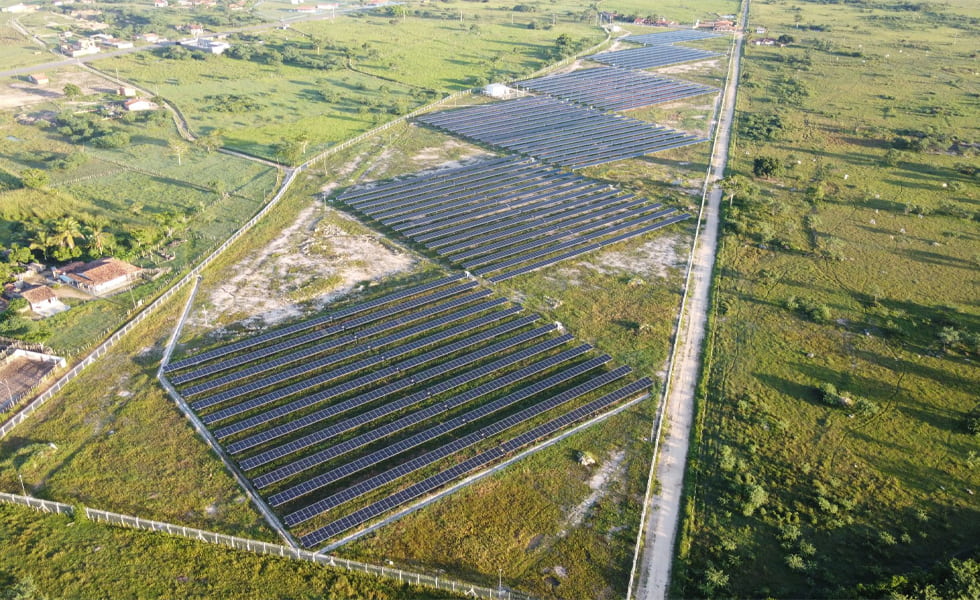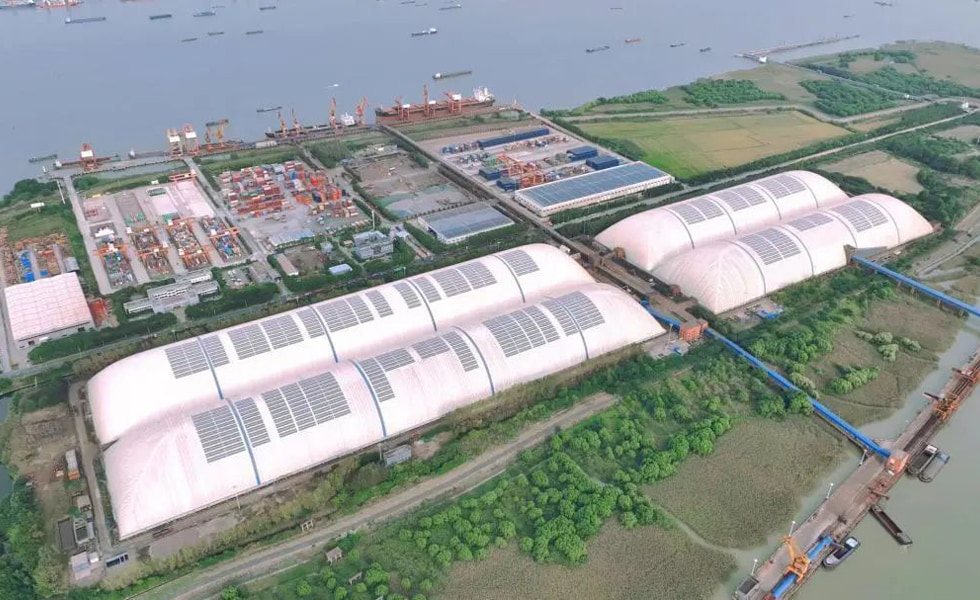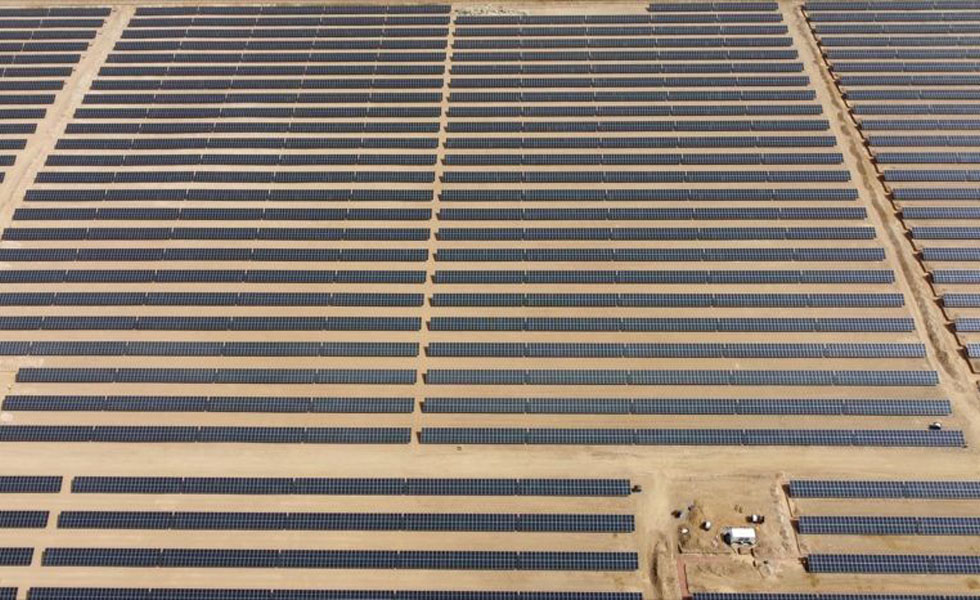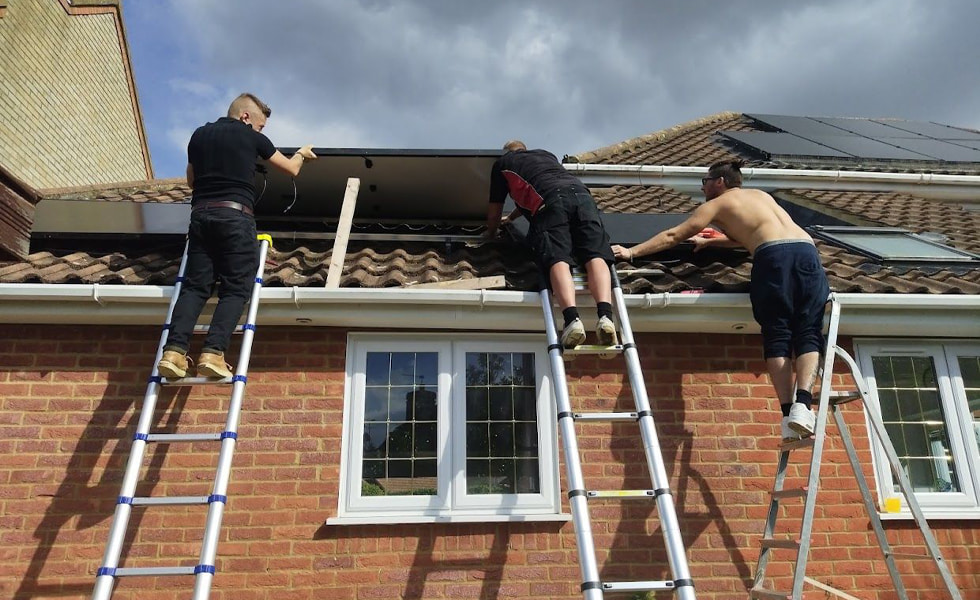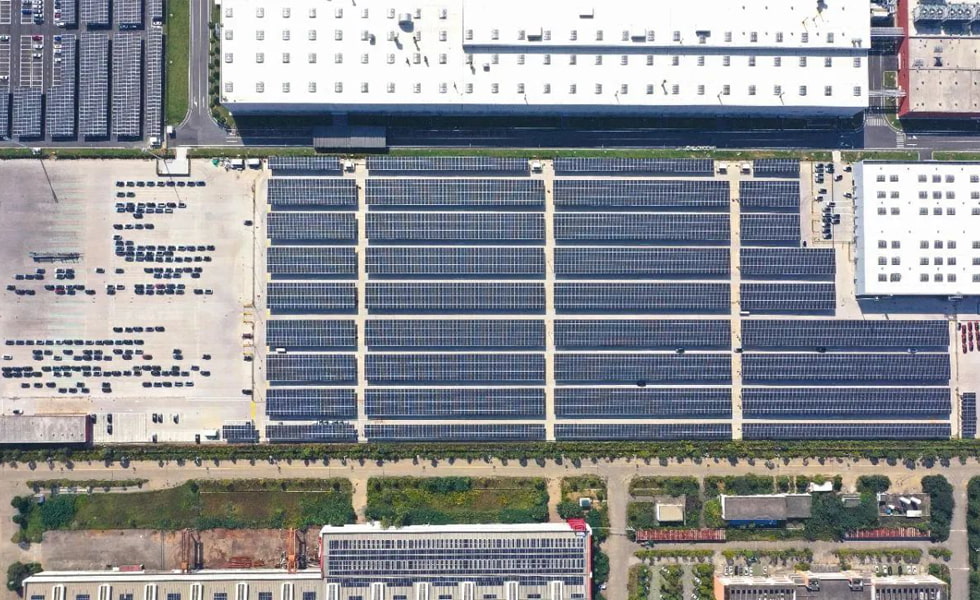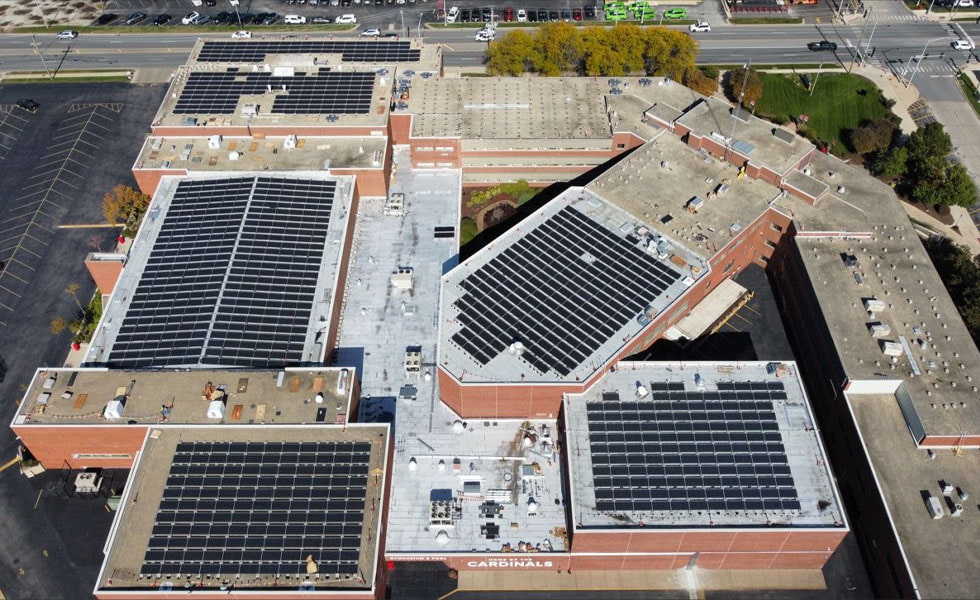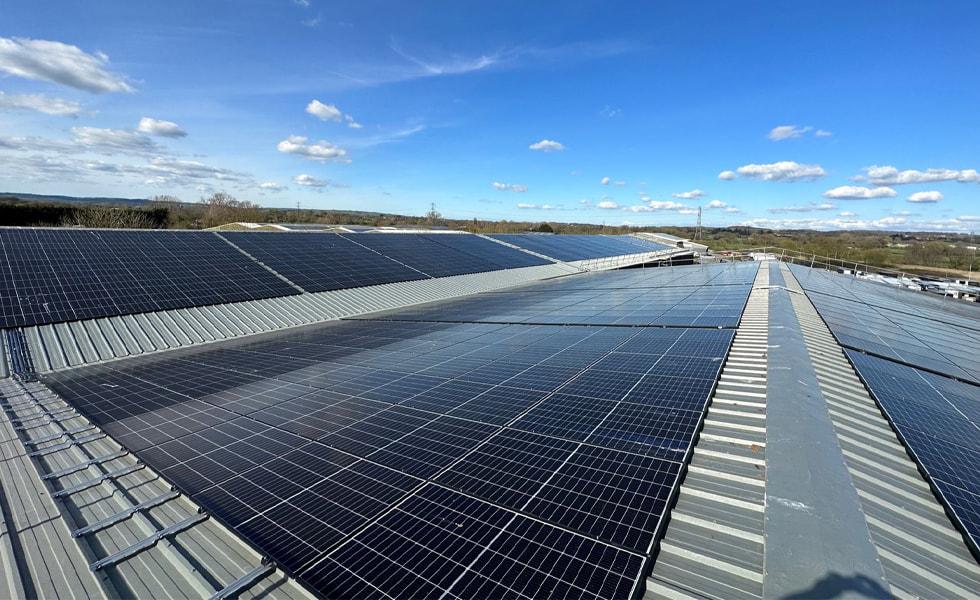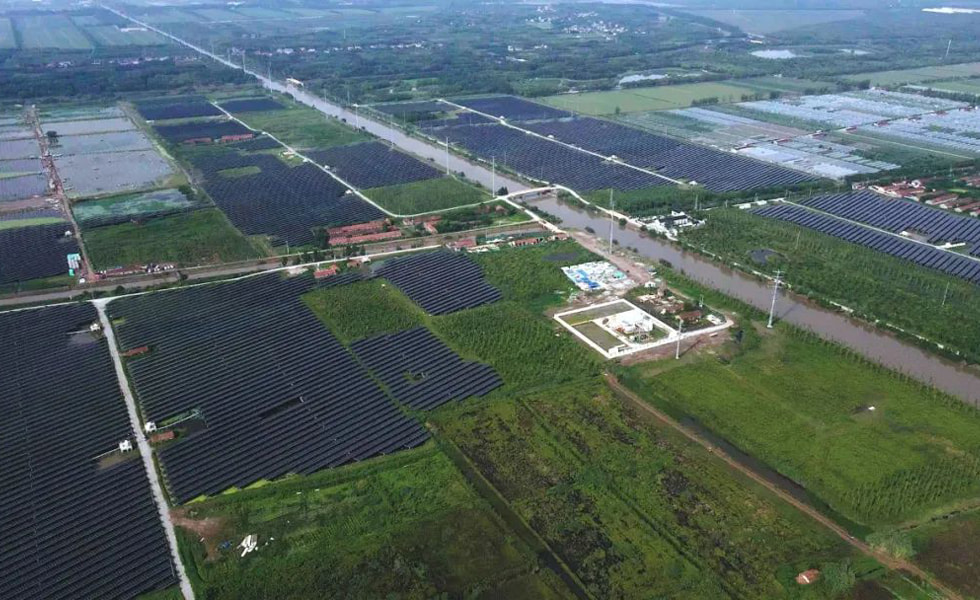780MW! The largest project in Jiangsu, China, has recently been connected to the grid!
September 21, 2023
On August 23, the largest ground-based centralized solar panel project in Jiangsu Province - CNNC Huineng's Jiangsu Sihongdong Magnetic 700,000-kilowatt ecological energy integration project, Meihua District, was connected to the grid to generate electricity, marking a major achievement for Sihong County's large-scale solar energy system power generation base. The breakthrough is of positive significance for building a new energy system in Jiangsu and coordinating the integrated development of wind, solar, and storage. The project has an installed capacity of 700,000 kilowatts. After the full capacity is connected to the grid for power generation, it is expected to provide about 845 million kilowatt hours of green energy to the society every year, save more than 250,000 tons of standard coal, reduce carbon dioxide emissions by nearly 630,000 tons, and continue to contribute to the local economy. Injecting green kinetic energy into development and actively assisting the construction of the local ecological environment can effectively reduce environmental pollution and have good economic and social benefits. On August 16, the 80-MW Jiezun Gongdao Fishing and Photovoltaic Complementary Project in Gongdao Town, Hanjiang District was successfully connected to the grid to generate electricity, becoming the first market-oriented photovoltaic project connected to the grid in Jiangsu. The project covers an area of about 1,300 acres, has installed about 145,000 solar panels, and is equipped with a 16 MWh energy storage system power station. It adopts the "fishing and photovoltaic complementary" model to make full use of land resources and achieve an organic combination of breeding, power generation and energy storage. This photovoltaic project is one of the first batch of market-oriented photovoltaic projects in the province in 2021. "This project is equipped with a 16 MWh energy storage power station based on 10% of the installed photovoltaic capacity, which is equivalent to a 'power bank' with a capacity of 16,000 kWh, which can reduce the impact of large power fluctuations of centralized photovoltaics on the power grid. ." Yang Xiaonan, a full-time employee of the Development Department of State Grid Yangzhou Power Supply Company, said that at the same time, the energy storage power station built in the project can promptly store excess power when new energy power generation is excessive, and connect the stored power to the grid when the power load is high. Improve the problem of new energy power generation and consumption.
